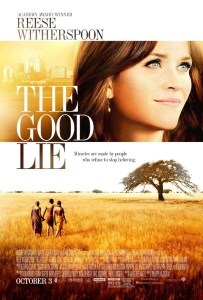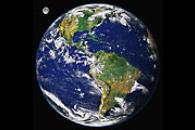Originally published January 1, 2016
New Year’s Eve, 2015. The end of a year with so many major changes in my life it is a bit like starting over. At my age that can be a crazy mix of invigorating and frightening. At this point I am well on the way to completing a manuscript I have been actively working on for around three years, using material I have gathered for decades. There is much work to follow, editing, graphics, covers, credits, permissions and all of the steps to getting a book ready for the market. It is good, however, to be this close.
There are other things. I am learning, day by day, to be “me” rather than “us,” even though so much of my husband permeates my home and my heart. I am getting settled into a new home with all the attendant worries and hopes; no longer dependent on a landlord to “fix stuff,” but fully responsible for setting priorities and sorting out the best way to accomplish end goals. A move, from a busy metropolitan center to a clump of smaller, coastal towns. A sorting out of where I am with my interests and how I can best contribute to their success. A year so full, and yet I found time to become more adamant, more vocal, on things that mean so much to me.
New Year’s Eve I stayed home. Dealing with the last vestiges of a rather rough cold, I turned down an invitation and curled up on my couch to look for a couple of free movies to fill the evening. And I came upon a 2014 movie staring Reese Witherspoon called, The Good Lie. While researching the film for this blog I found that, as in all things related to the heart, things are not black and white.

“Miracles are made by people who refuse to stop believing.”
In broad strokes, it is a movie about the children of the Sudan who were orphaned by the civil war, some of whom were pressed into military service and escaped. Tens of thousands of these refugees became part of the growing “city” of Kakuma, a refugee camp in Kenya. Thousands of children walked for miles (as far as 1,000) to reach relative safety in first Ethiopia and then Kenya. Once they arrived, they spent years, if not decades, waiting for someplace else to be. A few of the stars of this movie are refugees or the children of refugees. The scenes and stories from the film are more than acting for them; it is their story.
The program that was put in place to provide refugee status in the US had many restrictions. Immigrants had to find jobs fairly quickly, and the girls had to be placed with families. All of them required sponsors and many churches and faith-based initiatives took the challenge. They arrived with little knowledge of the culture and a reasonable understanding of English. Many of them were devout Christians with an African flavor of worship. It was anything but easy. The title of the movie comes from a class assignment in an evening English class, the reading of Huckleberry Finn. The Good Lie, is a point in the story when Huck lies about the status of Jim; because he would rather his friend be safe than to collect the reward for a runaway slave. To save his friend he lied. If I tell you more I will spoil the movie.
That program was shut down after 9-11. In fact, even those refugees that were in country were unable to move across state lines because they came from a terrorist state. Good ol’ American ingenuity—blaming the victims for the crime. And, that is where things get messy. Some of the story line was derived from background and interviews provided by refugees in the Atlanta, Georgia area. In the process of providing that information, they claim they were promised co-authorship of the movie and a suit is now in place against the producers. As of early 2015 it was still an active court case.
The film does provide access to a foundation called TheGoodLieFoundation. I was not able to find a lot of information about how much of their proceeds go to helping those still in Kenya or those who have found a place to live elsewhere. It does appear that they partner with UNICEF. I was able to find that the population of the Kakuma camp is now over 100,000 displaced persons. Due to the war, the life blood of these peoples, agriculture, cannot be pursued. That is building to a humanitarian catastrophe of national proportions.
So, what is the point of my meanderings? Whatever challenges I have faced in the past year, or even throughout my life, I have learned that the only answer to disaster, grief, and evil itself is true concern for my fellow beings and the desire to rebuild. We have a world filled with people in need, people who are suffering, people who need so little—and we have so much. Including a great deal of fear. We are certain that every unknown is out to destroy us— every starving child is out to steal from us. Certain, that if we welcome those in need, somewhere in that group is someone out to murder us in our sleep. So much for “God will protect us.”
It is a very dangerous world and there are people who would like nothing more than to see us, or any number of other boogeymen, in a smoldering heap. I am here to tell you that does not matter. Should we take reasonable precautions to protect ourselves? Most certainly. Should those precautions kick the needy to the side of the road? Absolutely not. Whether or not you follow the tradition of making New Year’s resolutions, I ask that you do one thing. Make a commitment be part of the solution. Do not throw money at the problems of the world unless you first check out where, exactly, it is going. But more than that, be the bright spot. Smile more often. Offer a helping hand in some way to someone with whatever you can give, even if it is only time. Time is rather precious, you know. We only have so much of it.
I leave you with an African proverb: To go fast, go alone. To go far, go together.
Be the change you want to see.



No Comments